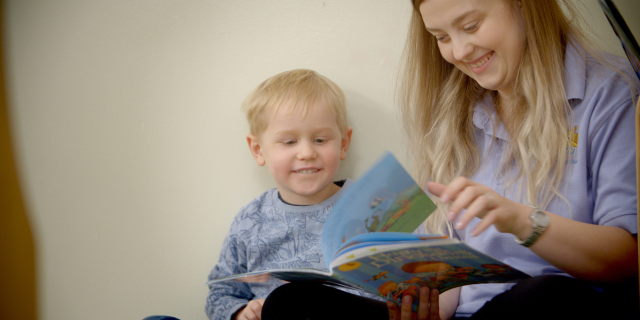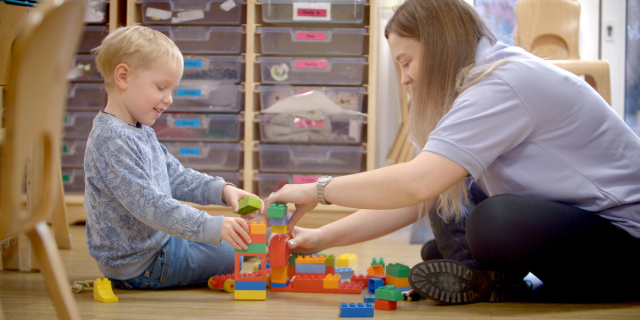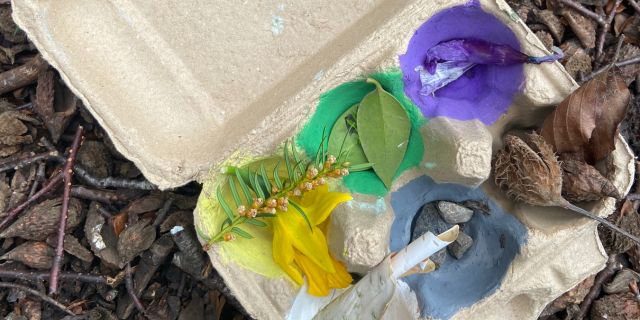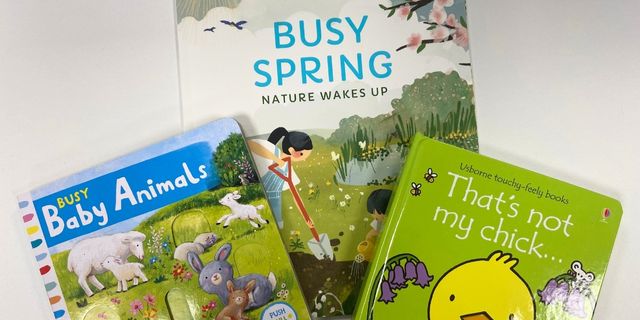Blog
How to talk to your children about germs and hygiene
Blog
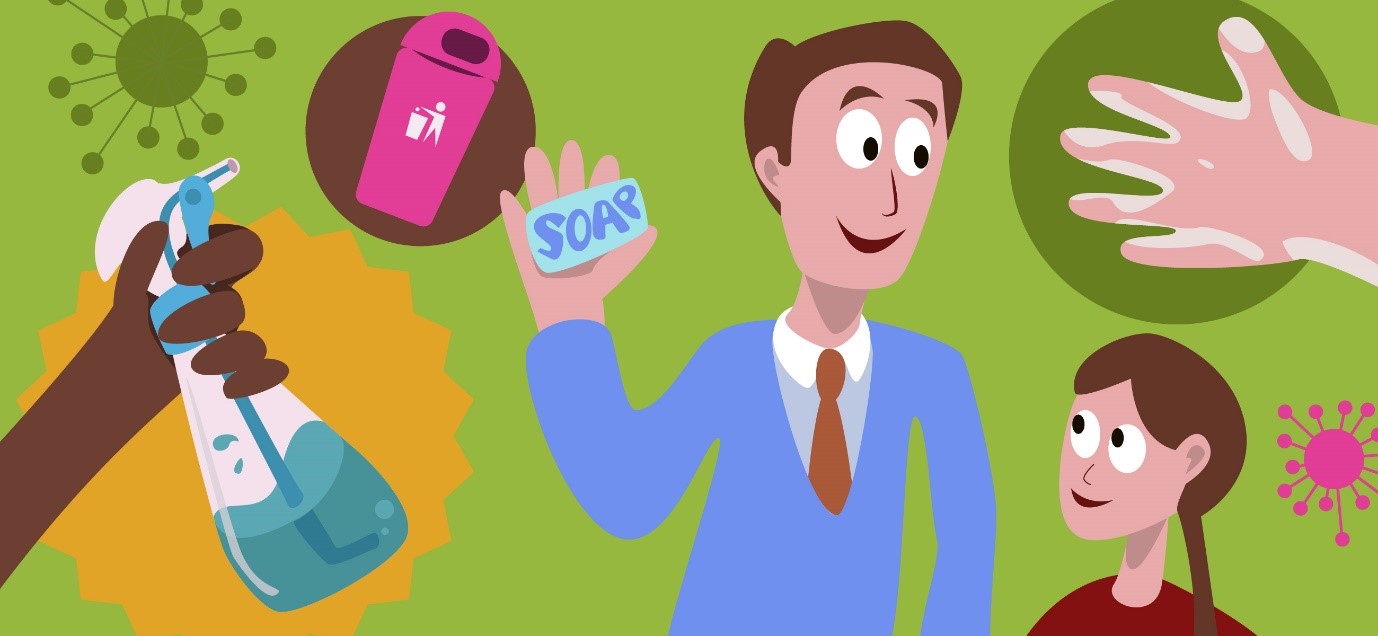
We are in the midst of a strange situation at the moment. Most of our lives have been uprooted by COVID-19. Fortunately, the average adult can adapt and overcome the upheaval.
However, children, particularly young ones, are led by routines and habits. So, the dramatic changes this virus has brought on their daily lives will be causing frustration and confusion. This means that it is important to make sure they understand why their world has been turned upside down.
How do I explain germs to my child?
Being invisible, germs are a difficult concept for little ones to grasp. Therefore, a simple explanation, followed by visual activities is the best course of action.
You should start by explaining that although we can’t see germs, they are everywhere. Not all of them are bad but sometimes, these germs can make us poorly. They stick to different surfaces, such as shopping trollies, toys, the slide in the park, door handles and so on. When we touch these surfaces the germs stick to our hands.
Once on our hands we can transfer the germs when we touch our faces (eyes, nose and mouth) or food, the germs can travel into our belly and make us sick.
Not all germs are bad, but we need to wash our hands to stop the bad ones from making us and others feel poorly.
Visualising the Invisible – Germ Activities for Young Children
Young children respond better to visual and physical activities, which is why we’ve put together some examples of visual activities to help explain the difficult concept of battling the invisible opponent of germs!
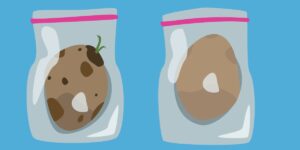
Pass a Potato
You will need:
- A potato (cut in half)
- Two sandwich bags (one labelled washed and the other unwashed)
This activity works best if there is more than one child present. But mum and dad can get involved too.
- Start with two halves of a potato. Make sure that no one has washed their hands – but there is no visible dirt- and pass around the first half of the potato. Once everyone has handled this half, put it in a sealable sandwich bag and label it as the unwashed half.
- Then get everyone involved to wash their hands, following the 20 second scrubbing rule (see activity below).
- Once hands are washed and dried, pass around the other half of the potato, then place in the sealable sandwich bag labelled washed.
- Store both bags in a dark cool place for up to a week (you can check in on them half way through to see progress)
After time has passed the unwashed potato should be in a worse state than the washed one – showing children the effects germs can have on something, compared to clean hands
Pepper and Soap
Since the rise of Coronavirus a video of this activity has gone viral. It involves showing the powerful effects of soap against germs in an experiment that children can see before their eyes.
You will need:
- Two bowls
- 200ml water
- Pepper Mill or powdered pepper
- Anti-Bacterial Soap
- Set up both bowls. One with water and the other with just a few squirts of soap.
- In the bowl of water, grind or sprinkle the pepper, so the surface of the water is covered.
- Explain to your little one that the pepper is like germs and ask them to put their unwashed finger in the bowl. The pepper should stick to their finger, in the same way germs do.
- Then ask them to put the same finger into the bowl of soap.
- Afterwards tell them to slowly lower their finger into the peppered water again. The pepper should be repelled by the soap and move away to the sides of the bowl.
This shows that soap is effective in keeping germs away from our hands, demonstrating the importance of washing our hands.
Here is a video of the experiment by DaveHax
As well as, another video by @OfficialTomFletcher

Spray Bottle Sneeze
When your little one sneezes, they are probably unaware of the germs that get projected into the air and onto everything in sight. It is important that they learn to cover their mouths and noses when sneezing and coughing to stop the spread of germs.
The best way to do this is with a spray bottle.
You will need:
- A black sheet of paper
- Flour
- A spray bottle filled with water
Explain to your child that the spray bottle is like their nose, the water is germs and the black sheet of paper is a surface like toys, tables and more etc.
- Spray the water onto the sheet of paper, they won’t really be able to see the water droplets against the black.
- Get a tablespoon of flour and sprinkle over the black paper and get rid of the excess.
The flour should stick to the wet spots on the paper, revealing the “germs”.

Flour germs
Instead of the less environmentally friendly glitter version of this activity, this is a flour alternative to show the spread of germs- warning, it will get messy!
You will need:
- A baking tray
- Flour
- Sprinkle a good amount of flour onto the baking tray.
- Ask your little one to put their hands in the flour and (here comes the messy part) ask them to touch their faces and their clothes.
This will cause the flour to spread and stick to these parts of their bodies, showing how germs can spread from your hands to other places without much effort.
Good Hygiene Practices
So, now your child knows what germs are, we need to teach them how to keep the bad ones away. Here are some easy-to-follow hygiene practices that children will pick up in no time.

Vampire Coughs and Sneezes
It is recommended that instead of covering your mouth with your hand when you cough or sneeze, you should instead use your elbow crease when a tissue is not available
To make this easy to remember, tell your little one that they have to pretend they are a vampire. When they cough into their elbow their arm goes across their face, just like Dracula covering his face with a cloak.
When your little one coughs into their hands and does not immediately have access to hand washing facilities, they are able to spread their germs easier than if the had coughed into their clothing on their arm.
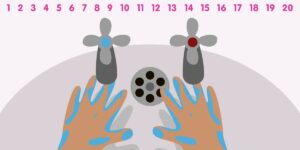
Count to 20 Out Loud
A quick sprinkle of water won’t wash the germs away, so how can you ensure that children are being thorough enough?
The recommended length of time for effective hand washing is 20 seconds, and people online have recommended songs and choruses that are this length, such as singing happy birthday twice. However, unless you want confusion as to why it is their birthday everyday but they are not receiving presents, it is best to find another way of reaching 20 seconds.
The best way to make sure they are hitting this mark is to slowly count to 20 with them while they wash. It allows them to practice their counting skills and guarantees clean, germ free hands.

Wipe it, Bin it then Wash
Sleeves are a parent’s enemy; little ones feel their nose trickle and immediately the sleeve comes in. It is important to curb this habit as early as possible. Encourage your child to ask for a tissue when their nose is runny and show them that the tissue needs to go straight into the bin. Keep reinforcing this habit – make sure you have a pack of tissues when out and have access to a clean roll of toilet paper when indoors too. Catching the germs in a tissue, throwing it in the bin and then washing hands, is the best way to keep germs at bay and stop them spreading around the house to other family members.
Cleanliness has never been more important, so now is the time to make sure your little ones know all about it, helping them and others stay safe during this virus’ spread.
Stay safe, stay inside and wash your hands!
Tags
Share this article
Related blog/news
Swipe to see our latest articles.
